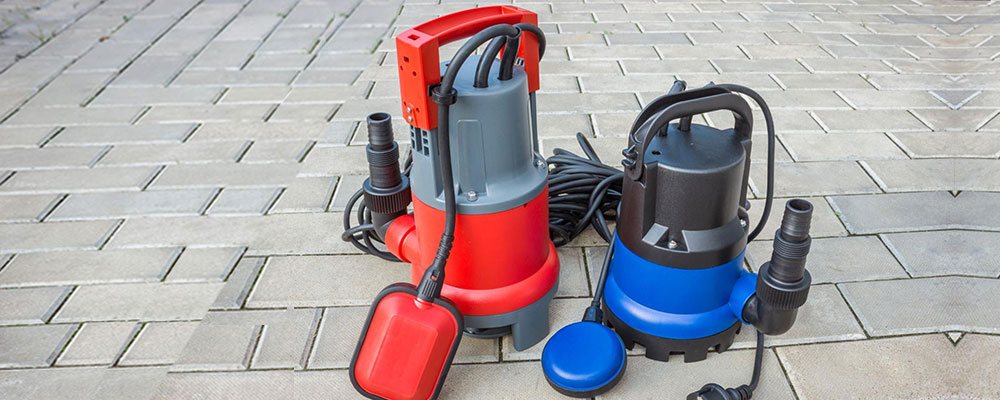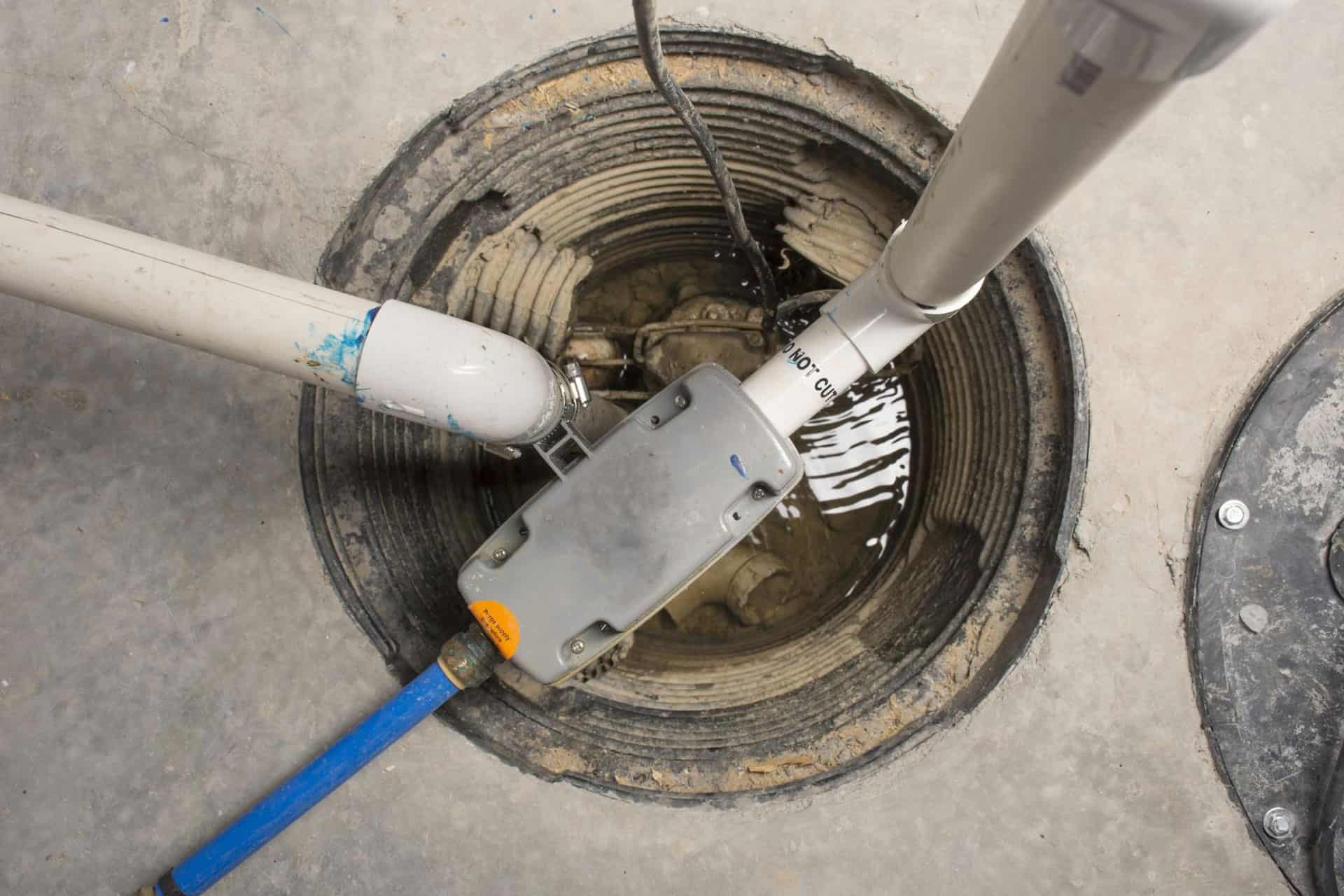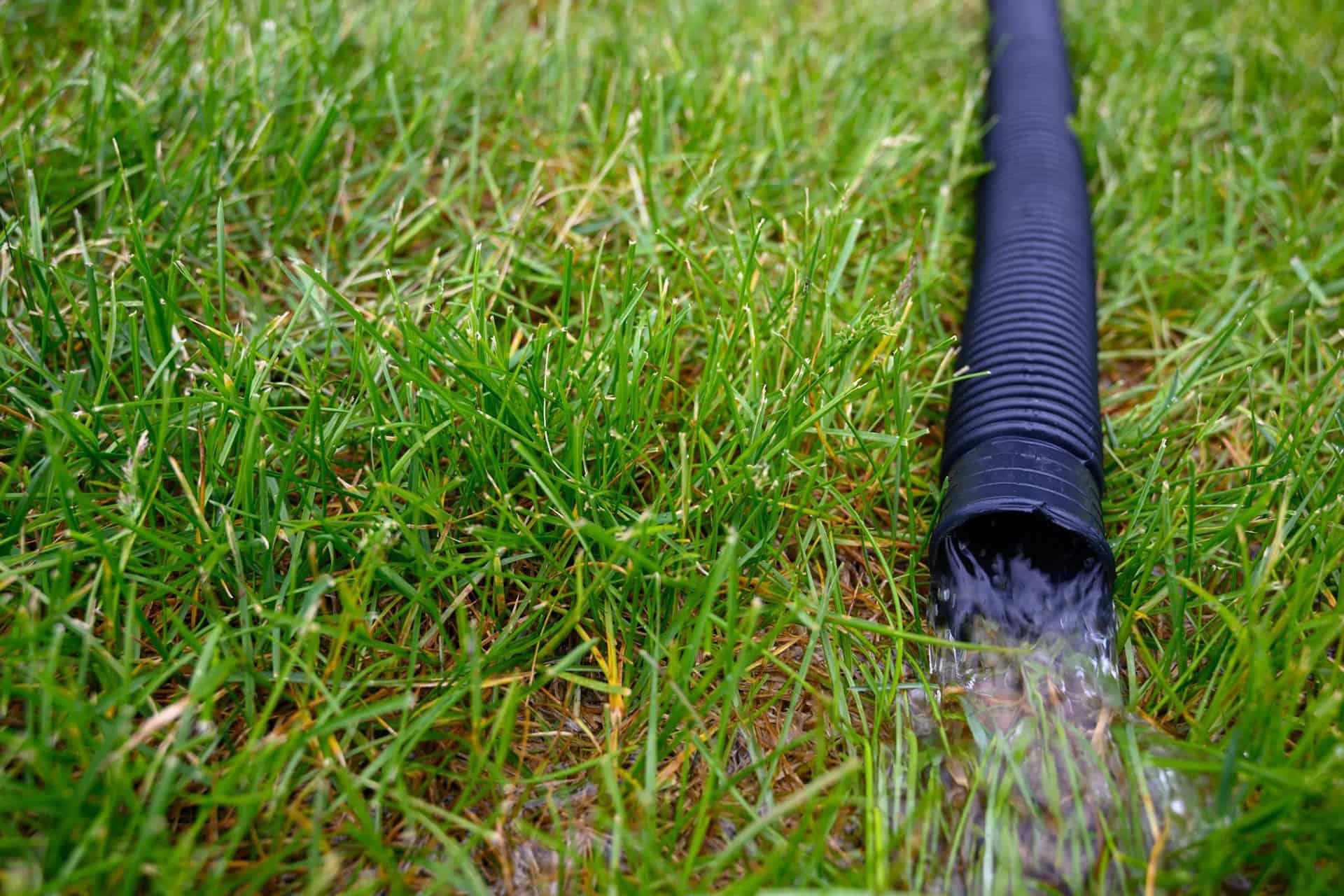
Sump Pumps: What They Are and How They Work
It’s likely that you have encountered sump pumps before. These are pumps situated in a circular pit known as the sump pit. As the sump pit collects water, the sump pump gets to work, producing a low humming sound. Shortly after, the water in the sump pit drains.
Sump pumps can be considered as the final defence against basement flooding as well as an essential tool to keep your foundation dry and intact. Therefore, a sump pump would serve you well if your property suffers from the following challenges:
- Frequent basement flooding, puddles, leaks, or moist walls
- Worsening basement cracks due to outside moisture
- A bad case of mould due to water infiltration
- Frequent rain and snow
- A high water table contributing to all of the challenges above
But exactly how do sump pumps help in all of these scenarios? To answer this, we will talk about what sump pumps are, how a sump pump works, sump pump maintenance, and more.
Let’s get started!

What Are Sump Pumps?
The sump pump system’s function is to collect water that has accumulated in your basement or from weeping tiles around your foundation (commonly used with professional waterproofing) and divert it away from the house. The main function of a sump pump in this system is to be the mechanism that mobilizes water through the pipes that lead away from the house.
Types of Sump Pumps
1. Main Sump Pumps
These are the main kinds of sump pumps used for homes, and are further categorized into two types: submersible and pedestal.
The main difference is that submersible sump pumps have motors that sit within the sump pit. Meanwhile, pedestal sump pumps have motors that are positioned above the pit, supported by a stand.
Each of these types has its own pros and cons. For instance, submersible sump pumps are known for having more power and they save space because they are inside the pit. Meanwhile, pedestal pumps tend to have more longevity and are easy to access in case repairs are needed.
2. Backup Sump Pumps
Because main sump pumps are typically powered electrically, some homeowners opt to install additional backup sump pumps in case of a power outage. These backup pumps are either powered by battery or by water pressure from the home. However, they typically do not have the same robustness and power seen in main sump pumps.
Do All Basements Need a Sump Pump?
Sump pumps are mainly for basements that occasionally or frequently flood. In case water gets in through the basement’s window or from a flash flood on the street, sump pumps can clear out the water once the situation has stabilized.
However, one of the most important applications of sump pumps is for homes that have a high water table. Having a sump pump will help keep the foundation dry and free of moisture-related damage.
How Do Sump Pumps Work?
1. The Sump Pit Collects Water
During a flood or any occurrence when water collects in and around the basement, the water can take these routes:
- Move through cracks and infiltrate the basement as puddles of water; and/or
- Be channelled through a weeping tile system, if available and not connected to the storm sewer.
In both scenarios, the water will move towards the sump pit. Flood water moves towards a sump pit because it is the lowest part of the basement. Meanwhile, water from weeping tiles (if installed in the house) moves towards the sump pit because this network of tiles is connected to the sump pit, if not to the storm sewer. Once the sump pit has collected water, it is then processed by the sump pump.
2. The Sump Pump Activates
The next step is for the sump pump to activate. Let’s go over exactly how this happens. As mentioned earlier, there are two main kinds of sump pumps for residential use: the submersible sump pump and the pedestal sump pump. The key difference lies in their designs, but they have the same fundamental parts which allow them to do their job.
A. The Power Source
Main sump pumps are typically powered by electricity and thus have two cords—one for the float switch and another for the motor. If you’ve ever come across “water-powered sump pumps”, these are often used as optional backup pumps for main sump pumps.
Note: Please keep in mind that for the next sections, the parts and functionalities that we’re discussing are for main electrical sub pumps because backup water-powered pumps have a different mechanism altogether.
B. The Float Switch
This part of the sump pump is what activates it to turn on when a set water level is reached in the sump pit. The water would push the float and float arm upwards, thereby activating the switch of the sump pump’s motor.
C. The Motor and the Impeller
The motor and impeller work together. After the motor is activated by the float switch, it pushes the sump pump’s impeller to spin. This centrifugal force generated by the impeller is what ultimately pushes the water out towards the pipe fitting that leads to the discharge pipe.
D. The Pipe Fitting for the Discharge Pipe
This is the part that connects the sump pump to the discharge pipe so that the expelled water can be removed.
3. The Discharge Pipe Takes the Water Away
The lengthy discharge pipe extends from the sump pump’s pipe fitting and leads away from the home. The minimum distance should be around 10 feet away so that the channelled water will not just re-pool around the basement wall.
And that’s it for this section on How Do Sump Pumps Work? Now we’ll talk about sump pump maintenance and a few notes on basement waterproofing that you need to know about.

Do Sump Pumps Require a Lot of Care and Maintenance?
Just like any device that has moving parts, sump pumps need periodic maintenance for them to continue functioning well. But with the right maintenance, a sump pump can serve you seamlessly for years.
To learn more, check out our article on “How to Maintain Your Home’s Sump Pump”.
Can Sump Pumps Completely Waterproof My Basement?
Completely waterproofing the basement would mean that no water should be able to get into your basement. As such, sump pump systems are not standalone solutions to completely waterproofing your basement. Sump pumps are, however, a key part of interior waterproofing solutions. In some cases, they may also be needed for exterior waterproofing as well.
Sump Pump Installation by the Experts
We hope you found all the information you were looking for from this “How Does a Sump Pump Work?” guide and other sump pump fundamentals. If you’re thinking of having this device installed in your basement, we can help!
Here at PlumbWize, our plumbing experts can quickly and effectively install a sump pump. We will also be able to give you our recommendations on the best kind of sump pumps for your needs. Furthermore, we also offer emergency plumbing services so that you can rest assured that your basement is always well-protected against flooding.
If you have any questions or would like to start the process of installing a sump pump in your home, please feel free to give us a call!




 0
0 905-332-8222
905-332-8222